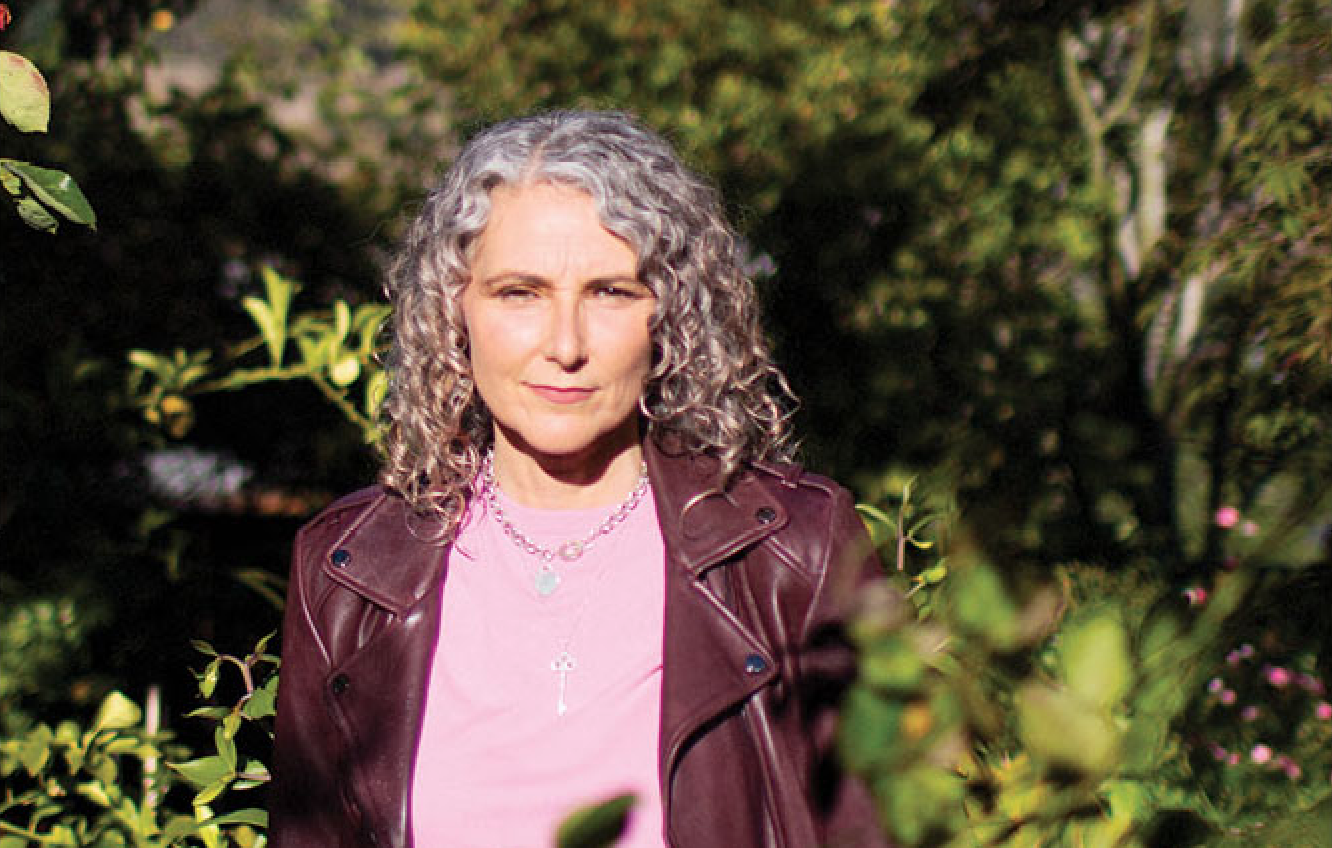
September is ovarian cancer awareness month and if we’re being completely honest, there has never been a more pressing time to talk about women’s healthcare. If you live in the US, the biggest political issue that has kept millions of people on edge for most of 2017 is the discussion over whether Congress will repeal the current healthcare law and replace it with something new.
The various versions of a new healthcare bill that have been offered up by Republicans would reportedly strip tens of millions of people of vital coverage, most notably women. While we wait to see what happens at a federal legislative level, staying informed via other means is crucial. Awareness campaigns are a great place to start, which is why we are sharing some basic facts and tips about what to know when it comes to ovarian cancer.
Ovarian cancer is a broad term for several types of malignant tumors that originate in the ovaries. These tumors can develop in the outer surface of the ovaries (epithelial tumors), or less commonly in the eggs (germ cell tumors) or structural tissue (stromal tumors) of the ovaries.
Ovarian cancer tends to develop in women who are over the age of 63. However, younger women can develop tumors in the ovaries as well, especially when exposed to certain risk factors, such as specific genetic mutations, a family history of cancer, or using talcum powder in the genital area.

According to the American Cancer Society, ovarian cancer is the fifth largest cause of cancer deaths among women, with more than 14,000 women dying from the disease every year. In 2017, more than 22,000 women are expected to develop this terrible disease. Only 15% of ovarian cancers are diagnosed at stage 1.
With all the speculation over whether Congress and various state legislatures will “defund” Planned Parenthood, many (especially low-income) women are concerned about losing access to preventative reproductive healthcare services the clinics provide which other community health centers do not have the means to fill the gap with.
It should be noted that ovarian cancer is the number 1 cause of gynecological cancer deaths, meaning screening services for women are an absolute necessity.
While these statistics are staggering, the good news is that over the last 20 years, the rate of diagnosis for ovarian cancer has been steadily falling. However, there is still a long way to go with respect to increasing the survival rate and life expectancy of women who develop ovarian tumors.

Women who are diagnosed with ovarian cancer at an early stage generally have a much better chance of surviving than those who are diagnosed at a later stage. Recognizing symptoms well in advance and knowing how to talk to your doctor about them is important.
There isn’t one single main cause of ovarian cancer, but factors such as age, genetics, lifestyle factors including smoking, environment, and family history can all play a part in a potential diagnosis. With no guaranteed way to prevent the disease, there are certain things that are said to lessen the likelihood of ovarian cancer.
Pregnancy, oral contraceptives, a healthy lifestyle, early screenings, and even tubal ligation and hysterectomy procedures have been linked to a lower risk of developing tumors in the ovaries. In fact, oral contraceptive use for more than 5 years is said to reduce the risk of developing ovarian cancer by 50%. She debate over whether our healthcare system in the US should cover birth control access becomes all the more pertinent when you realize the many medical benefits far beyond just pregnancy prevention.
Staying informed is no longer an option, regardless of what happens with the healthcare laws. It is a necessity. For more information you can take a look at the health guide provided by ConsumerSafety.org and share it with all the women in your life.


















One thought on “Marking Ovarian Cancer Awareness Month With Vital Info To Keep You Informed & Healthy”